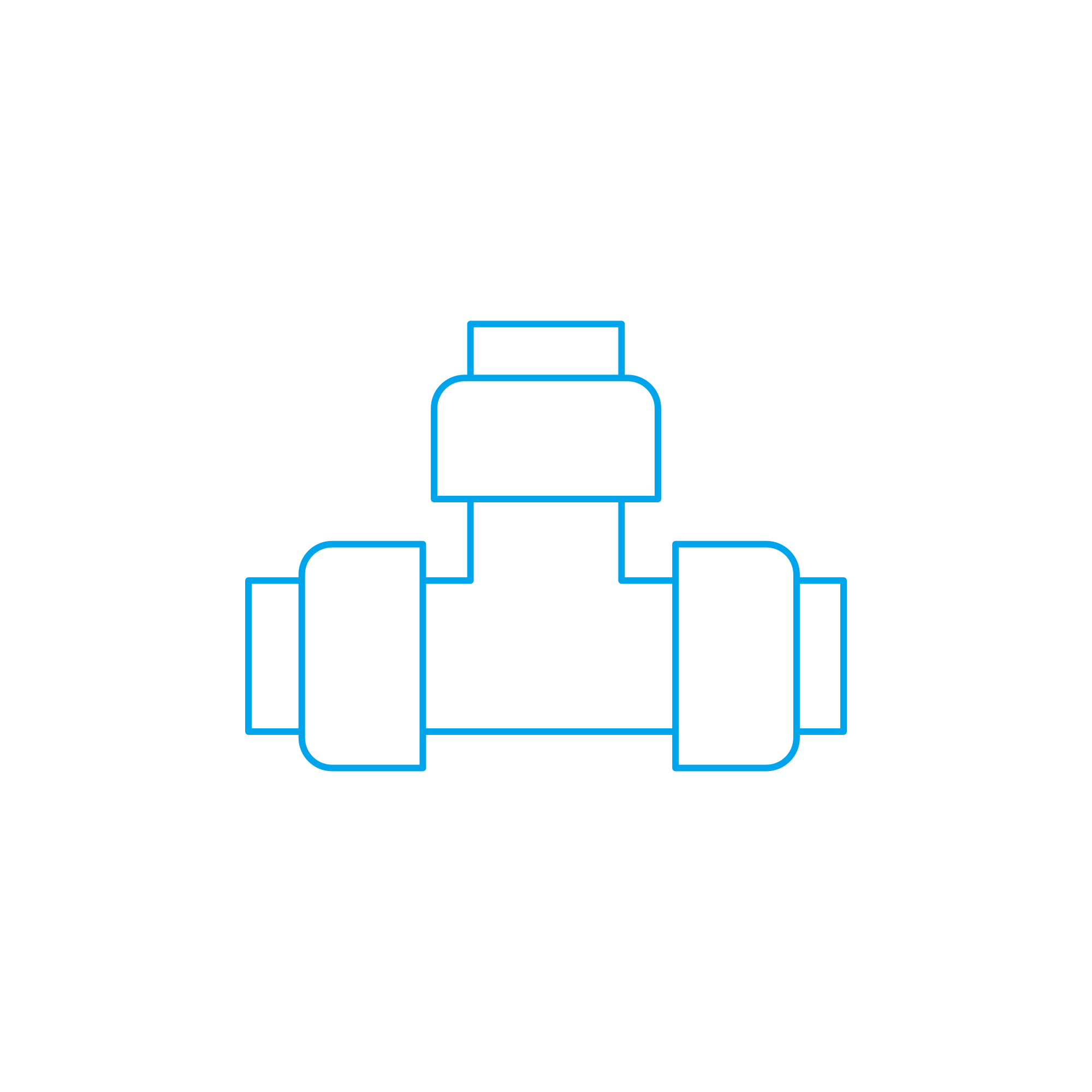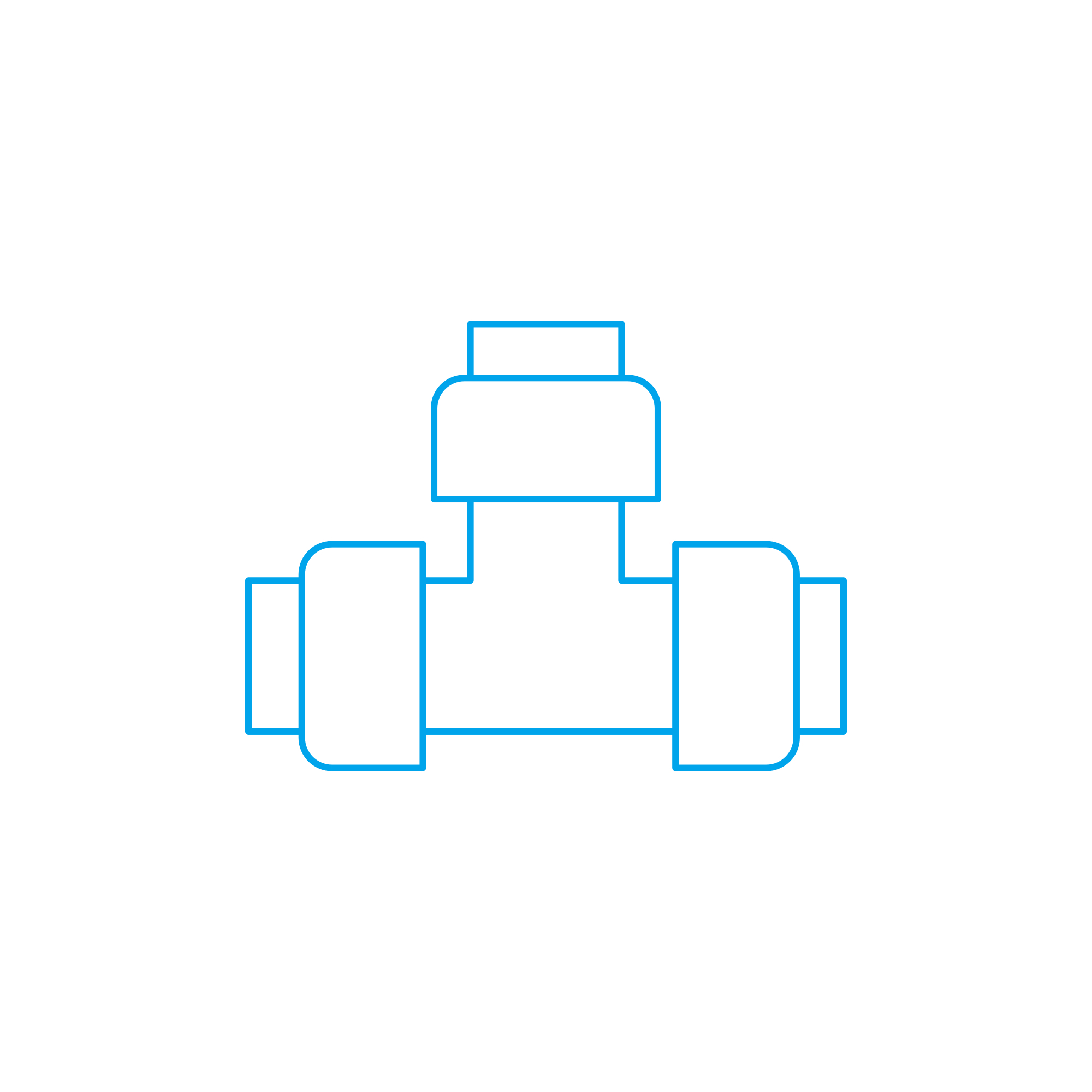UNION Fittings and Armatures for High‑Demand Marine and Diesel Engines
Fittings and armatures are the backbone of every engine’s fluid handling system. From fuel and lube oil to cooling water, compressed air, and exhaust auxiliaries, they connect pipelines, regulate flow, enable isolation, and protect equipment. Within this category, the UNION is a critical fitting that allows fast, secure disconnection and reconnection of lines without disturbing adjacent pipework—a must for maintenance-intensive marine engine and diesel engine environments. Together, these components safeguard the engine’s supply chains, minimize pressure losses, and stabilize operating conditions under continuous load.
In propulsion and power-generation plants alike, robust fittings and armatures deliver measurable value: reliable atomization in fuel systems, stable bearing lubrication, controlled jacket-water temperatures, and safe bleed and drain routines. Precision machining, suitable materials, and proper sealing geometry ensure tightness across pressure and temperature ranges typical for engine rooms. Selecting the right UNION configuration, valve type, or manifold layout directly influences uptime, energy efficiency, and safety.
UNION marine engine function of fittings and armatures in demanding service
Within a UNION marine engine or UNION diesel engine setup, fittings and armatures perform four core tasks—connection, control, isolation, and protection. Unions, couplings, elbows, tees, reducers, and manifolds establish leak-tight pipe routes that withstand vibration. Valves (ball, globe, gate, butterfly) meter and throttle media, while check valves prevent backflow that can stall pumps or contaminate clean circuits. Pressure relief and reducing valves maintain safe operating windows, and strainers protect injectors and bearings from particulate damage.
UNION flow control and isolation across engine circuits
UNION fittings enable quick disassembly of sections for filter changes, instrument calibration, and valve replacement. In fuel oil circuits, a union joint upstream of heaters or filters shortens stoppages and reduces the risk of thread galling during repeated maintenance. In lube oil lines, shut‑off valves combined with unions allow targeted isolation without draining entire systems. Cooling water branches often use flanged armatures for high flow, with threaded or compression UNION pieces in small-bore instrumentation for temperature and pressure monitoring.
Pressure, temperature, and safety considerations
Armatures must keep differential pressures stable to prevent cavitation and erosion. Relief valves protect against thermal expansion in closed loops; thermostatic or three-way valves maintain oil viscosity and coolant temperature. Materials and sealing systems are matched to media: bronze or duplex stainless steel in seawater; carbon steel with zinc-nickel coatings in air or inert gas; stainless steel with graphite or PTFE seals in hot oil or steam tracing. Typical connection options include NPT, BSPP/BSPT, metric threads, compression ferrule unions, and flanges to ASME B16.5 or EN 1092-1—chosen to balance flow capacity with serviceability.
- · Rapid line disconnection with three‑piece UNION designs
- · Precise flow control via ball, globe, and needle valves
- · Backflow prevention through swing, lift, or spring‑loaded check valves
- · Stable pressure with reducing and relief armatures
- · Materials for marine duty: bronze, stainless, duplex, carbon steel
- · Sealing options: PTFE, graphite, metal-to-metal for temperature range fit
- · Connection flexibility: threaded, compression, welded, and flanged
- · Vibration‑resistant, maintenance‑friendly layouts for tight spaces
- · Support for fuel, lube, cooling water, air, and instrumentation lines
- · Optimized flow paths to lower pressure drop and energy use
Importance of fittings and armatures for engine reliability and service life
When fittings and armatures are correctly specified and maintained, engines start reliably, reach load swiftly, and operate within safe temperature and pressure envelopes. Conversely, degraded components can trigger cascading issues: micro‑leaks in UNION joints introduce air into fuel circuits, leading to poor combustion and carbon deposits; worn valve seats increase pressure drop, raising pump power draw and heat load; sticking check valves cause backflow that deprives bearings of clean oil; and corroded seawater armatures can shed material, damaging coolers and narrowing passages. Each of these failure modes elevates fuel consumption, accelerates wear, and risks unplanned stops.
Marine operators also face regulatory and insurance pressures to minimize spills and fires. Tight shut‑off, predictable torque-to-seal characteristics, and traceable materials reduce leakage risk during hot service. In multi‑engine plants, consistent fittings and armatures simplify spares holding and crew training, shortening mean time to repair and decreasing lifecycle costs.
Advantages of OEM spare parts suitable for fittings and armatures
Choosing OEM spare parts for UNION assemblies, valves, and manifolds preserves the intended performance envelope of the engine’s fluid systems. Dimensional accuracy ensures drop‑in replacement without pipe rework; surface finish and seat geometry maintain low leakage classes; and certified materials sustain corrosion resistance and temperature stability. Documentation of pressure/temperature ratings and test protocols supports compliance audits and class surveys, while predictable torque values cut installation time aboard.
For UNION OEM parts in engine rooms, consistency is critical. Identical metallurgy and seal compounds across spares prevent galvanic mismatches, and standardized compression profiles on ferrule unions avoid micro‑leaks that only appear under vibration. Over the long term, correct parts reduce rework, protect pumps and injectors from off‑design conditions, and keep fuel, oil, and cooling circuits efficient.
Why OEM parts are the smart choice for performance and cost control
- · Assured fit and function with engine‑maker specifications
- · Lower leakage risk through precise seat and thread geometry
- · Stable materials and seals for hot fuel and oil service
- · Documented ratings that support safety and compliance
- · Faster installation, less downtime, predictable maintenance
- · Better lifecycle value through reduced failures and energy loss
MOPA: fast, secure supply of OEM parts for UNION fittings and armatures
MOPA is an experienced, reliable partner for OEM spare parts across Fittings and armatures. We move quickly—sourcing, consolidating, and shipping UNION OEM parts for diesel and gas engines to keep vessels and plants on schedule. Our focus on quality and transactional security means you receive correctly specified components, clear documentation, and responsive service. Whether you need a high‑pressure UNION for a common‑rail line, bronze seawater valves for a chiller loop, or a complete set of armatures for a generator overhaul, MOPA streamlines procurement and reduces risk.
Conclusion
Fittings and armatures—especially robust UNION solutions—are essential to safe, efficient operation of marine and diesel engines. Their precision and durability keep critical media flowing under pressure and vibration. By using OEM spare parts suitable for Fittings and armatures, operators protect performance, extend service life, and control total cost across the vessel or plant lifecycle.




